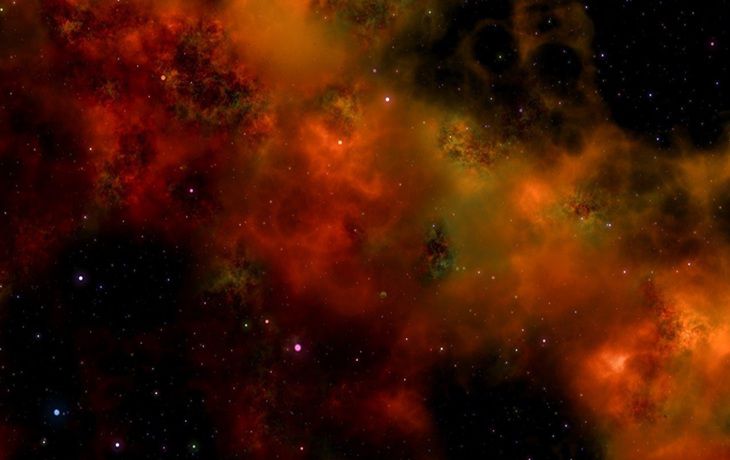
(Image source: Image data: NASA/JPL-Caltech/SwRI/MSSS. Image processing: Tanya Oleksuik CC BY NC SA 3.0)
A powerful solar storm in 2017 compressed Jupiter's magnetosphere “like a giant squash ball,” according to a new study.
The discovery was made thanks to an unusual temperature pattern that scientists observed in Jupiter's atmosphere using the Keck Observatory in Hawaii. Jupiter's typically strong auroras inject significant amounts of heat into the gas giant's upper atmosphere near the poles.
These spectacular lights are reminiscent of those seen on Earth, where they are caused by the interaction of energetic particles with our planet's magnetic field, but Jupiter's auroras are thought to be produced by a different mechanism and are much more intense and powerful.
When researchers at the University of Reading in England discovered unexpectedly high temperatures around half of Jupiter's circumference, reaching more than 930 degrees Fahrenheit (500 degrees Celsius), significantly higher than the standard background atmospheric temperature of 660 degrees Fahrenheit (350 degrees Celsius), they were puzzled.
“Temperatures typically decrease gradually toward the equator, reflecting a redistribution of auroral energy across the planet,” the team wrote in a paper published April 3 in the journal Geophysical Research Letters.
Since “the heating mechanisms that could produce such temperatures outside the auroral region remain unknown,” the team suggested that the overheated zone was likely “launched” toward the equator from the polar regions.
To figure out how this happened, the researchers combined ground-based observations from the Keck telescope with data from NASA’s Juno spacecraft, which has been studying Jupiter and its moons since 2016. They traced the source of this abrupt thermal change to a powerful burst of solar wind that compressed Jupiter’s vast magnetosphere — the magnetic bubble surrounding the planet formed by its own magnetic field. (Earth has one, too! In fact, life wouldn’t be possible without it.)
“We've never seen Jupiter respond to the solar wind before – and the way it changes the planet's atmosphere was completely unexpected,” lead author James O'Donoghue of the University of Reading said in a statement. “This is the first time we've seen anything like this on any exoplanetary world.”
The compression of the magnetosphere by the solar wind appears to have increased the heating of the auroral regions at Jupiter's poles, causing the upper atmosphere to expand and moving hot gas normally concentrated at the poles toward the equator, the team said.
“The solar wind has flattened Jupiter's magnetic shield like a giant squash ball,” O'Donoghue said. “This has created a super-hot zone that spans half the planet. Jupiter is 11 times larger in diameter than Earth, so this hot zone is really huge.”
And it is believed that similar solar wind phenomena occur on Jupiter two to three times a month!
Scientists previously thought that Jupiter's rapid rotation would protect it from such effects, trapping auroral heat in the polar regions thanks to barriers created by the planet's strong winds. But the new results challenge that assumption, showing that even the largest planet in the solar system is subject to the Sun's influence.
“Over the past decade, we have studied Jupiter, Saturn and Uranus in ever greater detail. These giant planets are not as resilient to the Sun's influence as we originally thought.
Sourse: www.livescience.com





